
The applications of IoT sensors are wide-ranging and diverse, spanning multiple industries. In smart agriculture, soil moisture sensors optimize irrigation plans; in healthcare, wearable sensors monitor vital signs in real time; industrial IoT uses sensors for predictive maintenance, ensuring efficient equipment operation; and smart homes utilize sensors for security monitoring and energy management.
This article will delve into the types, application scenarios, and typical cases of IoT sensors, revealing the transformative potential of these devices.
I. What are IoT Sensors?
IoT sensors are physical devices specifically designed to collect data from their surroundings and transmit this data to other connected devices or systems via the internet. These sensors play a crucial role in the broader IoT ecosystem, digitizing the physical world. Each sensor is custom-designed for specific data and is a fundamental component in building intelligent, interconnected systems.
Key Characteristics and Elements of IoT Sensors
Data Acquisition: IoT sensors are equipped with various technologies to capture real-world data, covering environmental factors such as temperature, humidity, and air quality, as well as more complex data types such as motion, light, sound, and pressure.
Connectivity: IoT sensors connect to the internet or other devices via wired or wireless communication protocols. This connectivity enables them to transmit collected data to a central processing unit or other connected devices for analysis and decision-making.
Embedded Technology: Many IoT sensors integrate additional technologies such as Radio Frequency Identification (RFID), Global Positioning System (GPS), accelerometers, or gyroscopes to enhance functionality and provide richer contextual information to the collected data.
Diversity of Types: IoT sensors come in a wide variety of types, each with specific functions. Common types include temperature sensors, motion sensors, proximity sensors, light sensors, and gas sensors.
Application Areas: IoT sensors are widely used in numerous industries such as agriculture, healthcare, manufacturing, transportation, and smart homes. By providing valuable insights into the physical world, they help build more efficient, automated, and intelligent systems.
Connected Systems: When sensors work in conjunction with other IoT devices, they can build interconnected systems that share data, supporting data-driven decision-making. For example, in smart cities, sensors can monitor traffic flow, environmental conditions, and energy consumption, thereby optimizing urban services.
In summary, IoT technology can be applied to many fields such as micro-mobility, transportation, and healthcare. As the cornerstone of the IoT ecosystem, IoT sensors enable the seamless integration of the physical and digital worlds.
II. 10 Types of IoT Sensors
IoT sensors are diverse, each designed to collect specific types of data from the physical world. Below are 10 common IoT sensors and a brief overview of their functions.
1. Temperature Sensor
Function: Measures ambient temperature
Application Scenarios: Climate control in smart homes, industrial processes, and agriculture.
As data collectors, these sensors provide critical information for numerous applications. In smart homes, temperature sensors help temperature control systems optimize comfort and energy efficiency. In industrial settings, temperature regulation is crucial for equipment performance, making sensors a core component of the process. In agriculture, temperature sensors enable precision farming, effectively monitoring and optimizing the crop growing environment.
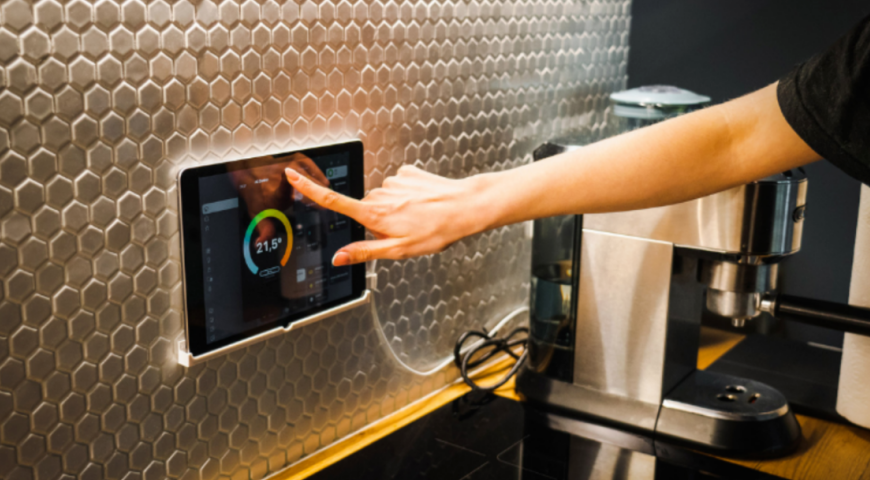
2. Humidity Sensor
Function: Measures the moisture content in the air.
Application Scenarios: Greenhouse environmental control, HVAC systems, and meteorological monitoring.
As key instruments, humidity IoT sensors provide valuable data for various applications by measuring the moisture content in the air. In greenhouse environments, these sensors are crucial for environmental regulation, ensuring optimal humidity levels for plant growth. HVAC systems rely on humidity sensors to maintain a comfortable indoor environment while preventing problems such as mold growth. Furthermore, in meteorological monitoring systems, these sensors help provide accurate and timely information on water quality and atmospheric conditions.

3. Proximity Sensors
Function: Detects the presence or absence of objects within a specific range.
Applications: Automatic doors, robot object detection, and security systems.
Proximity sensors play a crucial role in detecting the presence or absence of objects within a designated range, providing multifunctional solutions for various applications. In automation, these sensors enable seamless operation of equipment such as automatic doors, improving convenience and energy efficiency. In robotics, proximity sensors assist navigation and interaction through object detection. Furthermore, in security systems, proximity sensors can trigger alarms or perform corresponding actions when unauthorized intrusion is detected. Their ability to accurately determine object distances highlights their significant value in building responsive intelligent environments—from everyday convenience scenarios to advanced industrial and security applications.
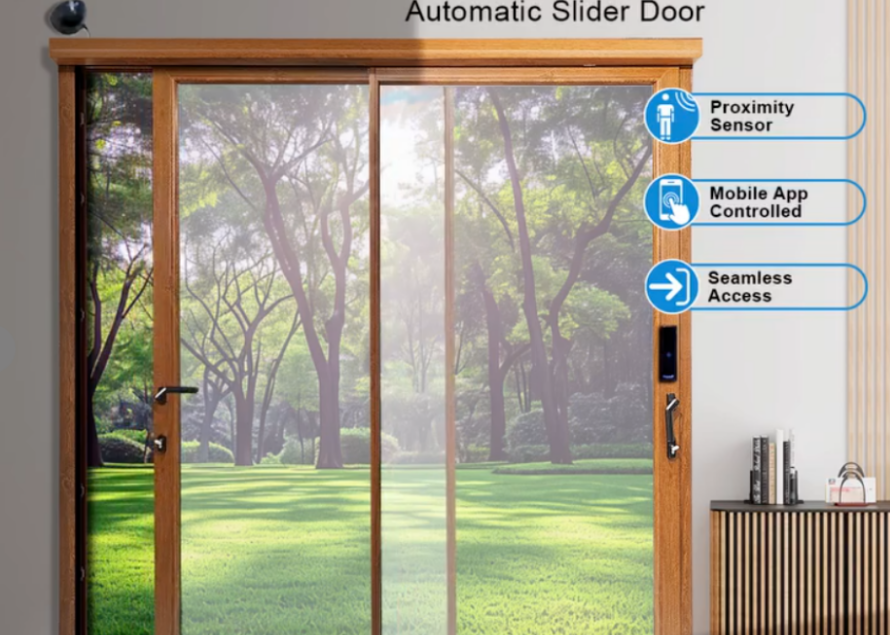
4. Motion Sensors
Function: Detects movement or changes in position.
Applications: Security systems, lighting control, and activity tracking in medical wearables.
As indispensable devices, motion sensors lay the foundation for various practical applications by detecting movement or changes in position. In security systems, these sensors act as vigilant guardians, triggering alarms or initiating monitoring based on abnormal movements. In the smart home field, motion sensors improve energy efficiency by controlling lighting based on occupant activity, balancing convenience and sustainability. Furthermore, in medical wearables, motion sensors are crucial for tracking user activity, providing valuable data support for fitness monitoring and health assessment.
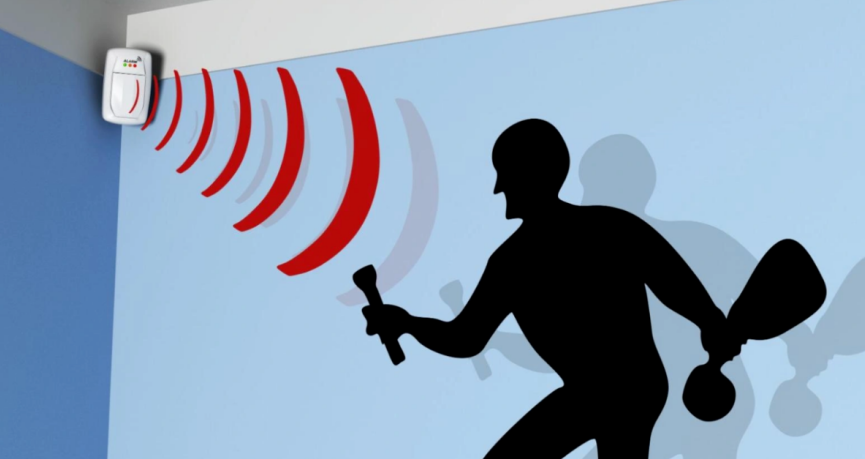
5. Light Sensor (Phototube)
Function: Measures ambient light intensity.
Applications: Automated lighting control, outdoor lighting adjustment, and energy-saving applications.
With its ability to measure ambient light, this type of sensor is a core component of automated lighting control systems, optimizing brightness levels based on natural lighting conditions. In outdoor scenarios, light sensors adjust streetlights or landscape lighting in response to changes in sunlight, contributing to energy-saving practices. The practicality of light sensors in the Internet of Things (IoT) extends to improving building energy efficiency—they play a crucial role in regulating artificial lighting, striking a balance between optimal lighting performance and sustainable energy consumption.

6. Pressure Sensor
Function: Measures force or pressure acting on a surface.
Applications: Industrial processes, automotive applications, and altitude measurement.
Pressure IoT sensors are key instruments for measuring force or pressure acting on a surface, with important applications across various industries. In industrial processes, these sensors monitor and regulate pressure levels within equipment to ensure optimal performance and safety. In the automotive sector, pressure sensors are used in systems such as tire pressure monitoring, significantly improving vehicle safety and operational efficiency. Furthermore, their application in altitude measurement aids navigation and aviation. With their superior accuracy and versatility, pressure sensors have become indispensable tools across industries, playing a crucial role in ensuring operational efficiency, safety standards, and accuracy in pressure-related applications.
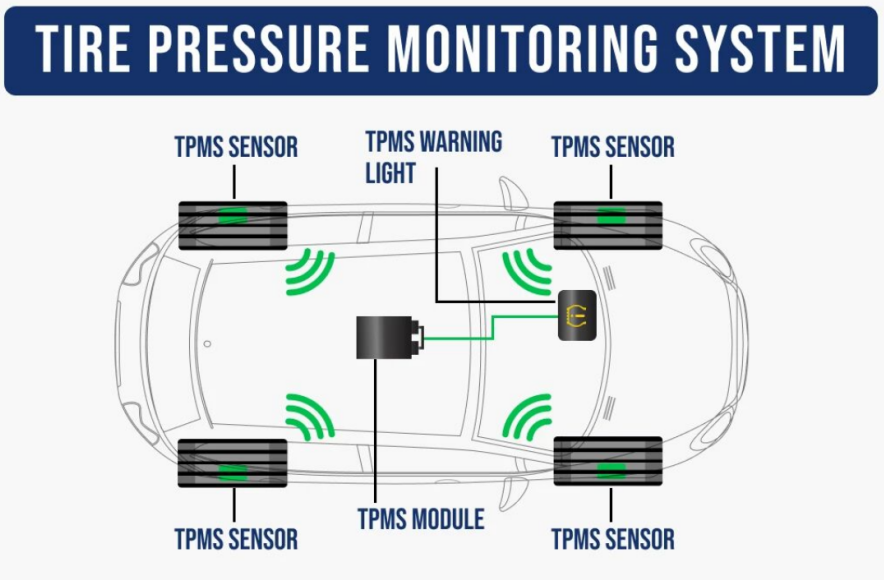
7. Accelerometer
Function: Measures acceleration and tilt angle.
Applications: Wearable devices, fitness trackers, and motion control in games.
These sensors form the core of devices such as fitness trackers, accurately capturing movement patterns and converting them into valuable health and activity data. In the gaming field, accelerometers also support immersive experiences by enabling precise motion control on game consoles. Their versatility extends to multiple industries: providing crucial input for navigation systems, enabling collision detection in automotive safety systems, and comprehensively enhancing the dynamic response of devices to changes in motion and posture.
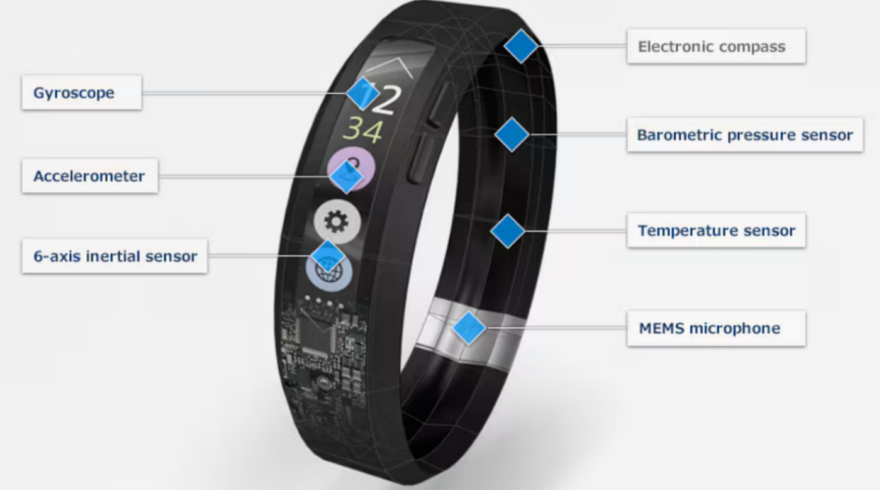
8. Gas Sensors
Function: Detects the presence of specific gases in the environment.
Applications: Air quality monitoring, industrial safety, and gas leak detection.
Gas IoT sensors are crucial components for detecting specific gases in the environment, essential for safety and environmental monitoring. In air quality monitoring, these sensors play a key role by assessing pollutant concentrations, ensuring a healthier living environment. In industrial settings, gas sensors improve safety standards by detecting potentially harmful gases, effectively reducing worker risks. Furthermore, these sensors play a critical role in gas leak detection systems, preventing accidents and environmental hazards. The adaptability of gas sensors in diverse scenarios highlights their significant role in protecting human health, ensuring industrial process safety, and maintaining the ecological environment.
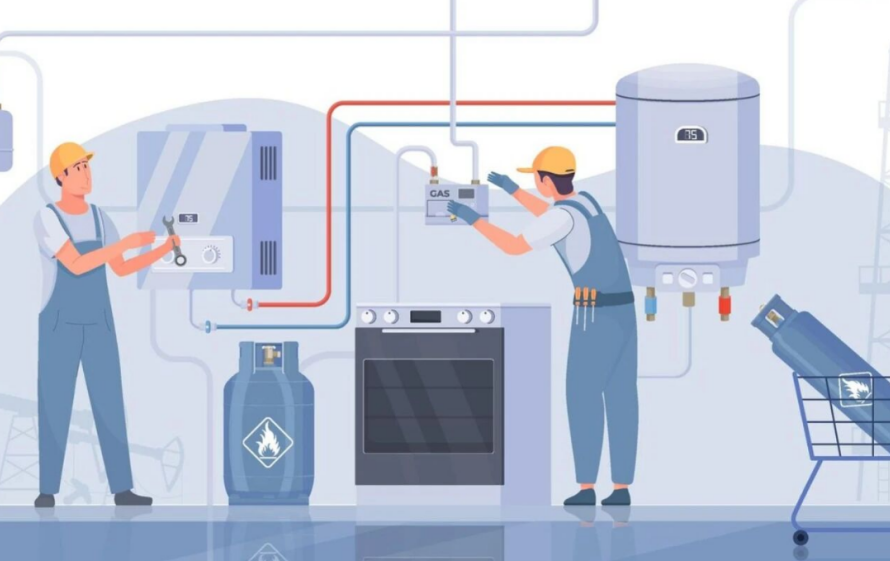
9. Acoustic Sensor (Microphone)
Function: Captures sound waves and converts them into electrical signals.
Applications: Noise pollution monitoring, voice recognition, and security systems.
Acoustic sensors (commonly known as microphones) are core devices that capture sound waves and convert them into electrical signals, with a wide range of applications. In noise pollution monitoring, these sensors provide crucial data for assessing and managing environmental noise levels, contributing to urban planning and public health. In voice recognition technology, microphones play a key role by converting speech into digital data, significantly enhancing the functionality of voice-activated systems.
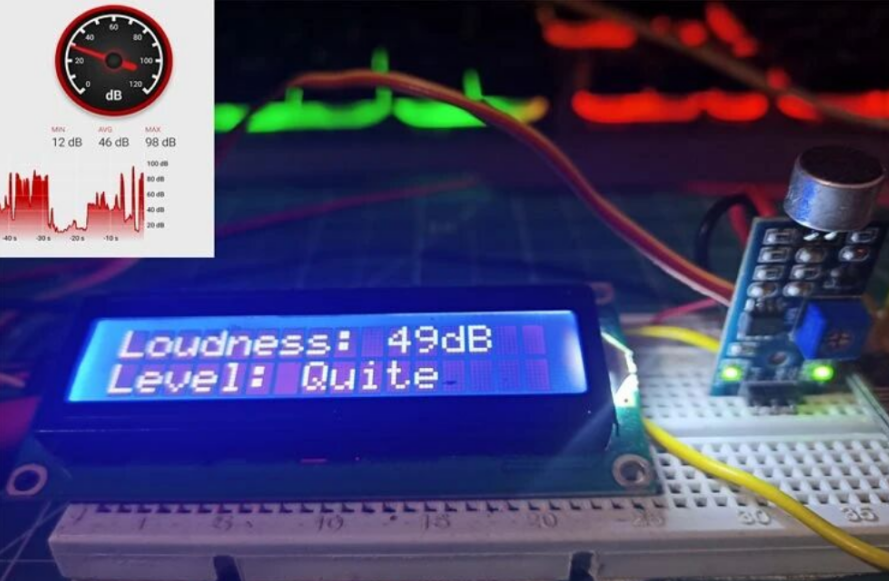
10. Image Sensor
Function: Captures visual information and converts it into electrical signals.
Application Scenarios: Surveillance cameras, facial recognition systems, and industrial inspection.
Image sensors are key components in capturing visual information and converting it into electrical signals, supporting numerous application scenarios. In surveillance cameras, these sensors form the core of video acquisition, contributing to security and monitoring solutions. Facial recognition systems utilize image sensors to capture and process facial features, improving the accuracy of identity authentication and verification. In the field of industrial inspection, image sensors play a crucial role in quality control by collecting and analyzing detailed visual data.
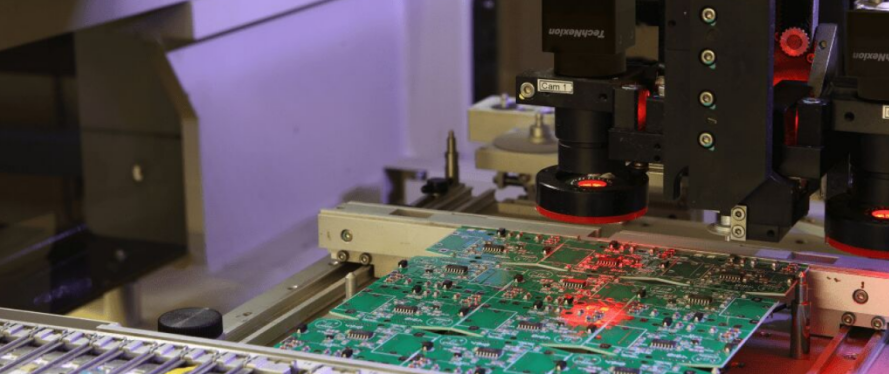
III. Conclusion
In summary, IoT sensors form the cornerstone of an interconnected, data-driven world, seamlessly bridging the physical and digital worlds. Various IoT sensors are designed for specific data needs, providing powerful support for cross-industry applications.
Share